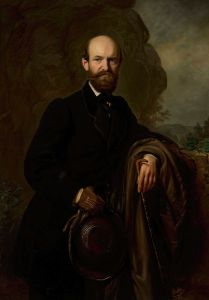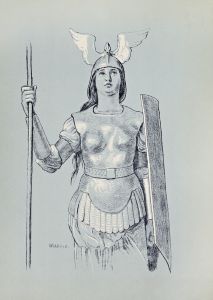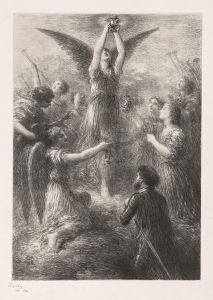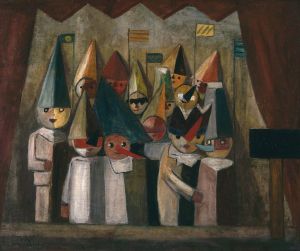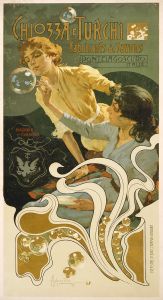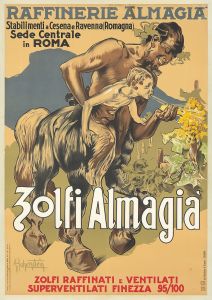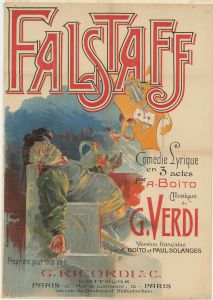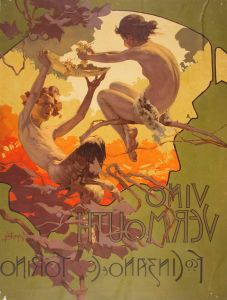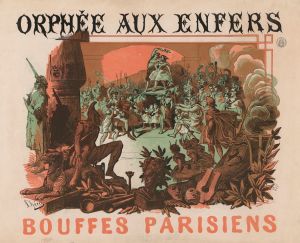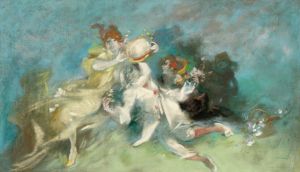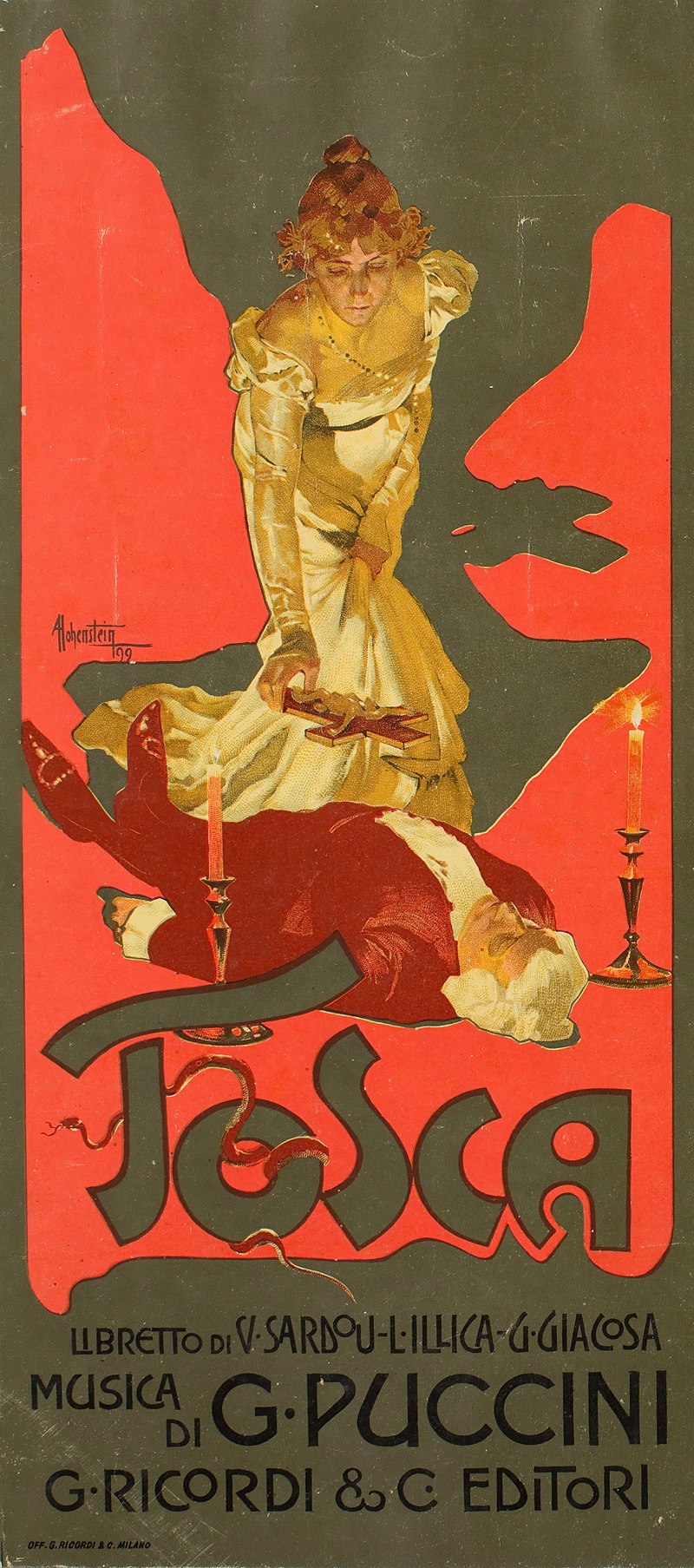
Tosca
A hand-painted replica of Adolfo Hohenstein’s masterpiece Tosca, meticulously crafted by professional artists to capture the true essence of the original. Each piece is created with museum-quality canvas and rare mineral pigments, carefully painted by experienced artists with delicate brushstrokes and rich, layered colors to perfectly recreate the texture of the original artwork. Unlike machine-printed reproductions, this hand-painted version brings the painting to life, infused with the artist’s emotions and skill in every stroke. Whether for personal collection or home decoration, it instantly elevates the artistic atmosphere of any space.
Adolfo Hohenstein was an influential artist and designer known for his significant contributions to the world of opera and theatrical poster art in the late 19th and early 20th centuries. One of his most notable works is the poster for the opera "Tosca," composed by Giacomo Puccini. This artwork is a prime example of Hohenstein's distinctive style and his ability to capture the essence of theatrical productions through visual art.
Adolfo Hohenstein was born in Saint Petersburg, Russia, in 1854, and later moved to Germany and then Italy, where he became a pivotal figure in the development of Art Nouveau, particularly in the realm of poster design. His work is characterized by its elegant lines, vibrant colors, and the ability to convey drama and emotion, which made him a perfect match for the operatic themes he often illustrated.
The "Tosca" poster by Hohenstein was created for the opera's premiere in Rome on January 14, 1900, at the Teatro Costanzi. "Tosca" is a melodramatic opera in three acts, set in Rome in 1800, and is based on Victorien Sardou's play "La Tosca." The opera tells the story of the singer Floria Tosca, her lover Mario Cavaradossi, and the sinister police chief Baron Scarpia. It is renowned for its dramatic intensity, beautiful arias, and the tragic fate of its characters.
Hohenstein's poster for "Tosca" is a masterful representation of the opera's themes and characters. The artwork typically features the central figure of Floria Tosca, often depicted in a dramatic pose that reflects her passionate and tumultuous nature. The use of color and composition in the poster captures the emotional depth and the tension present in Puccini's opera. Hohenstein's ability to encapsulate the essence of the opera in a single image contributed to the success of the production and helped establish the visual identity of "Tosca" in the public's imagination.
Hohenstein's work on the "Tosca" poster is part of a broader trend during this period, where visual art and opera were closely intertwined. Posters were not only promotional tools but also works of art in their own right, often collected and admired for their aesthetic value. Hohenstein's contributions to this field were significant, as he helped elevate the status of poster art and demonstrated its potential to convey complex narratives and emotions.
In addition to "Tosca," Hohenstein created posters for other operas and theatrical productions, working with prominent composers and playwrights of his time. His influence extended beyond Italy, as his work was recognized and appreciated across Europe. Hohenstein's legacy in the world of art and design is marked by his ability to blend artistic innovation with commercial appeal, making his work both timeless and impactful.
Overall, Adolfo Hohenstein's "Tosca" poster remains an iconic piece of art that continues to be celebrated for its artistic merit and its role in the history of opera. His work exemplifies the power of visual art to enhance and complement the performing arts, creating a lasting impression that resonates with audiences long after the final curtain falls.





